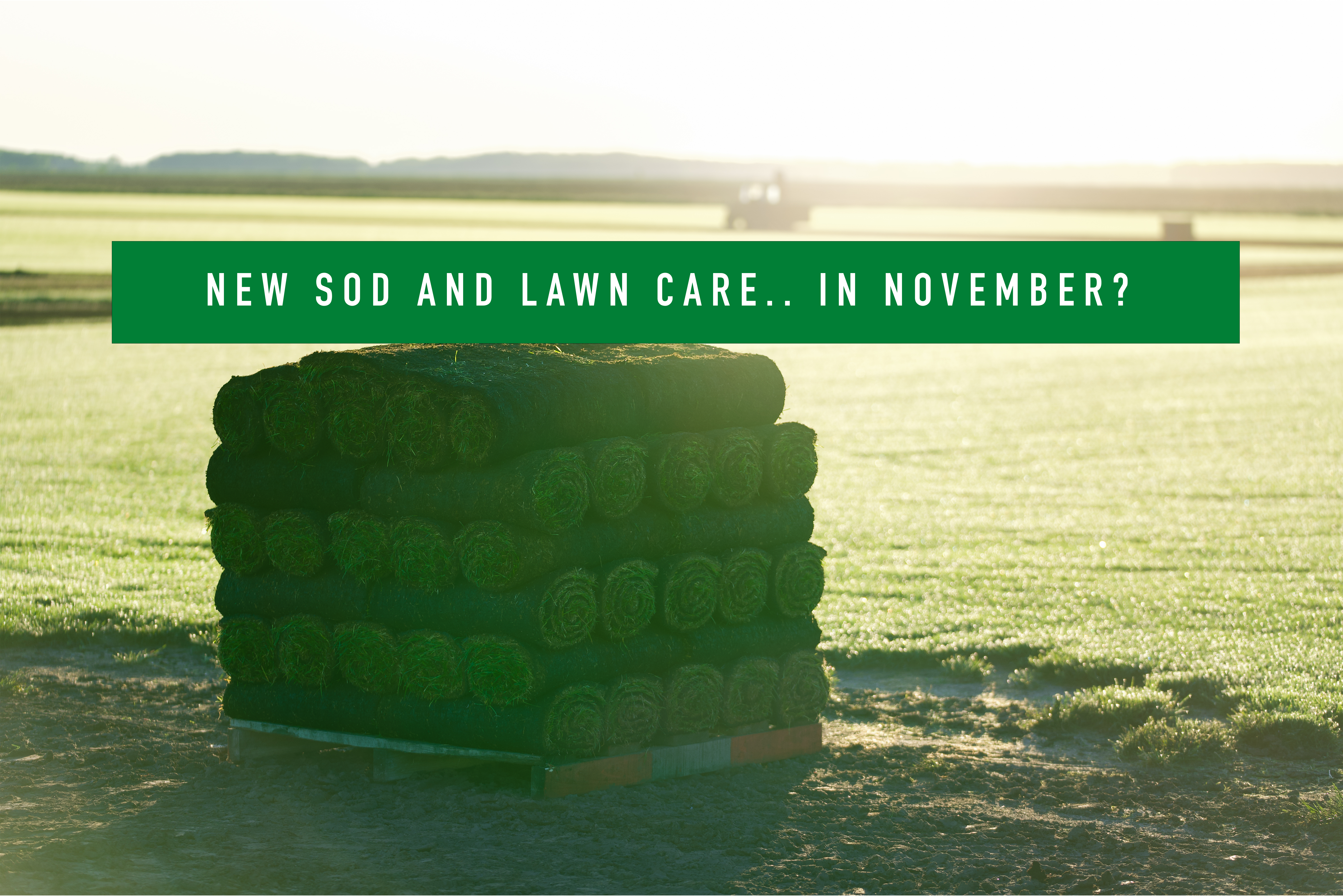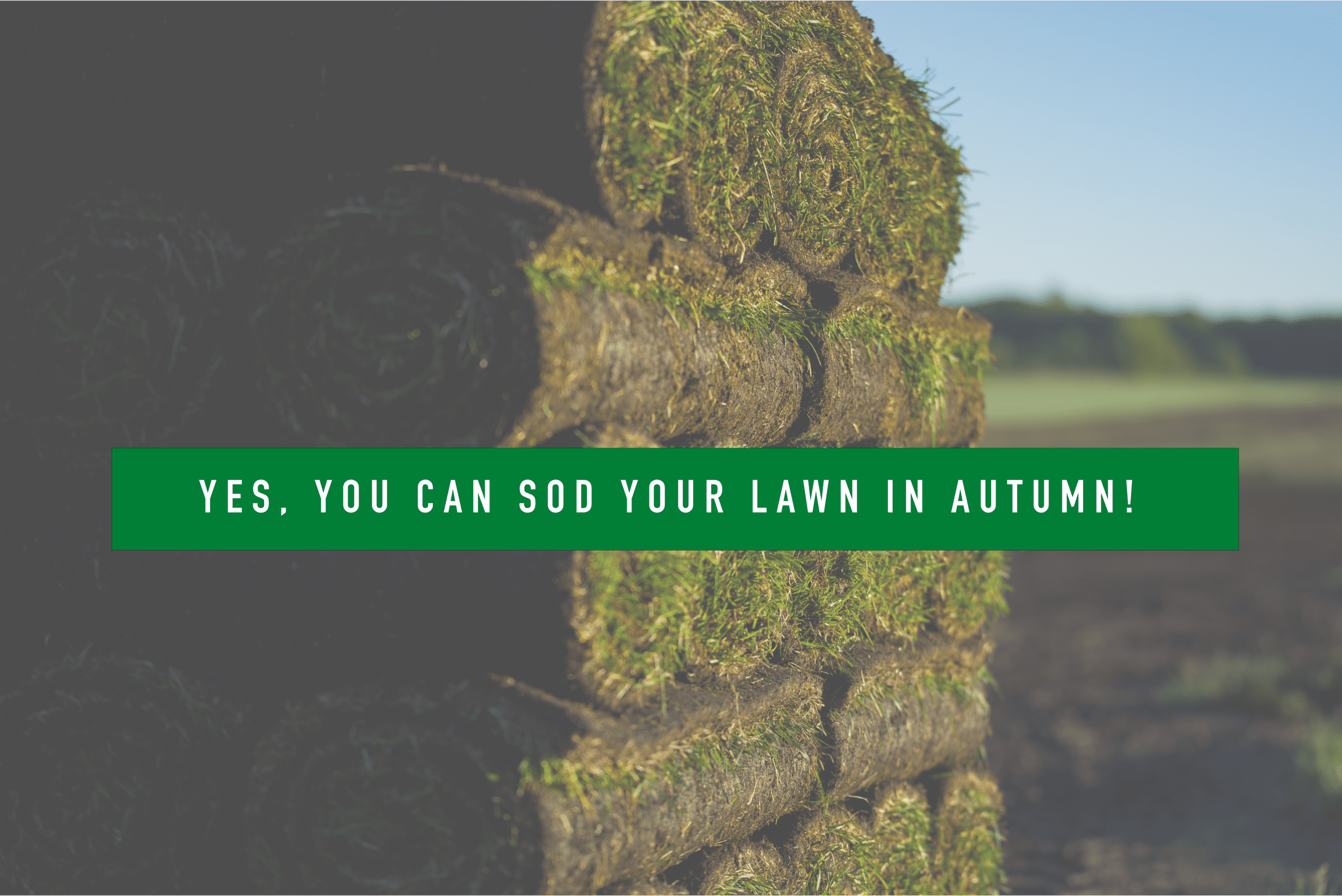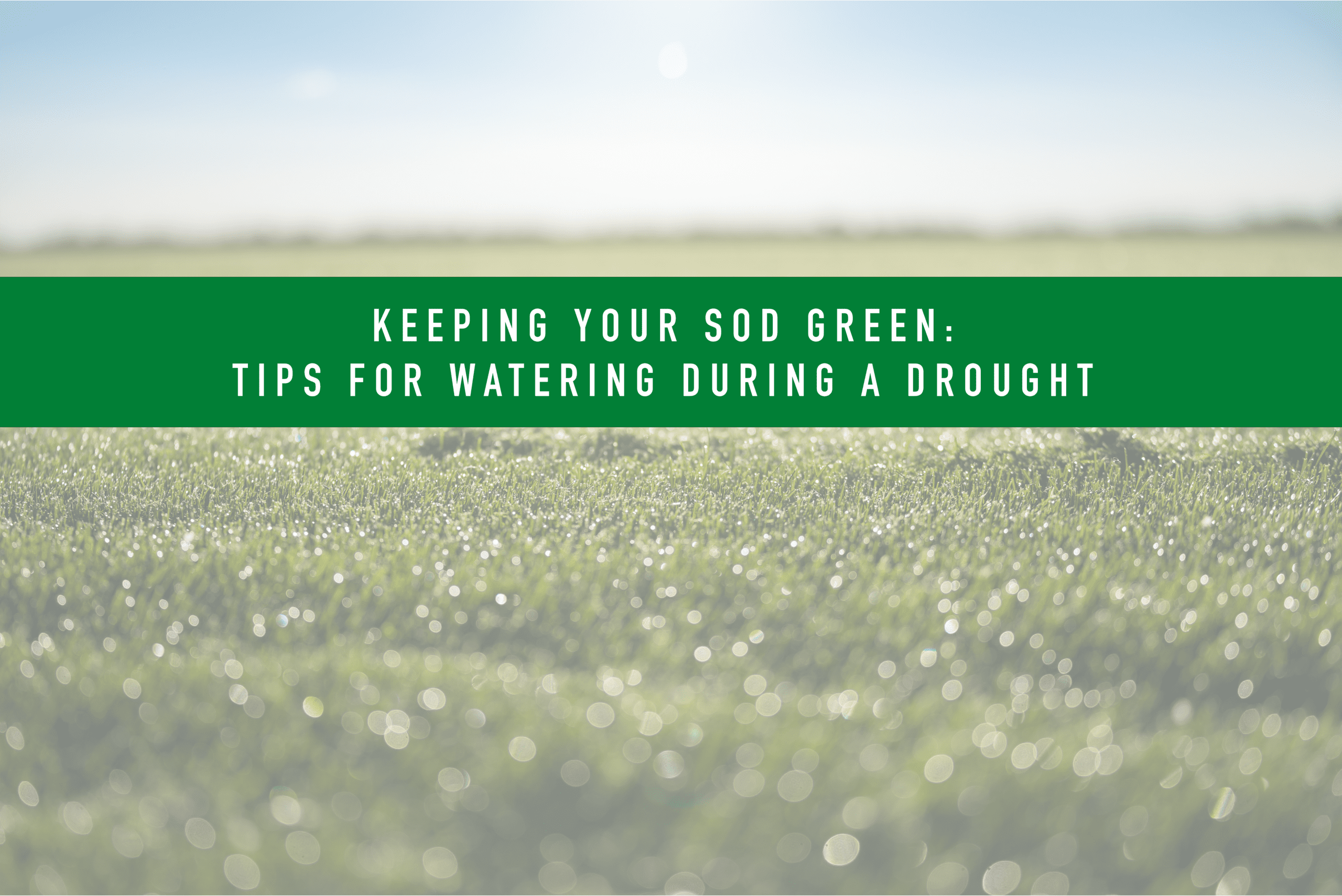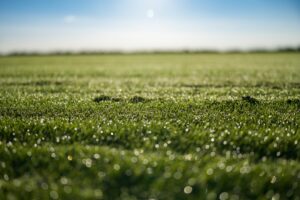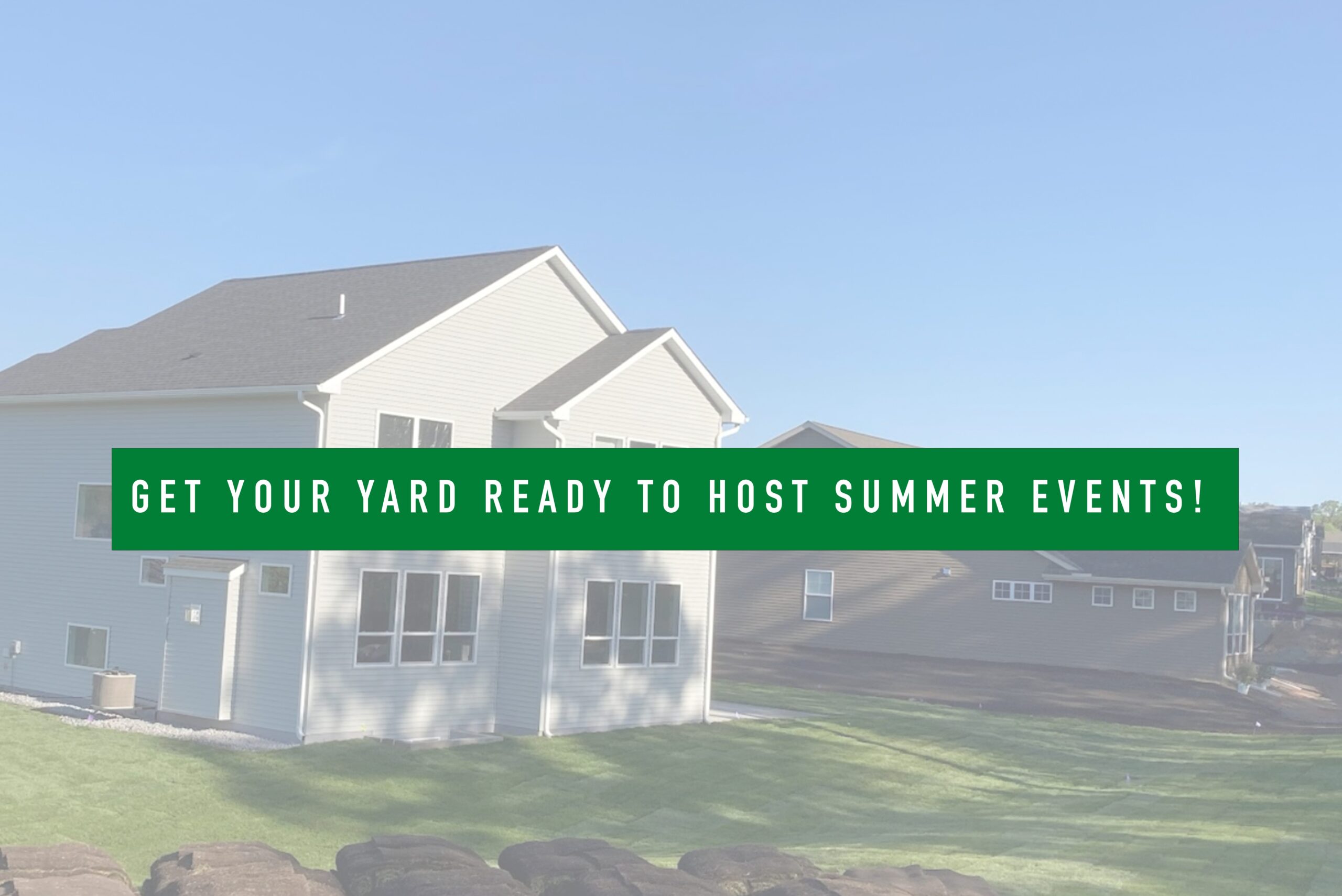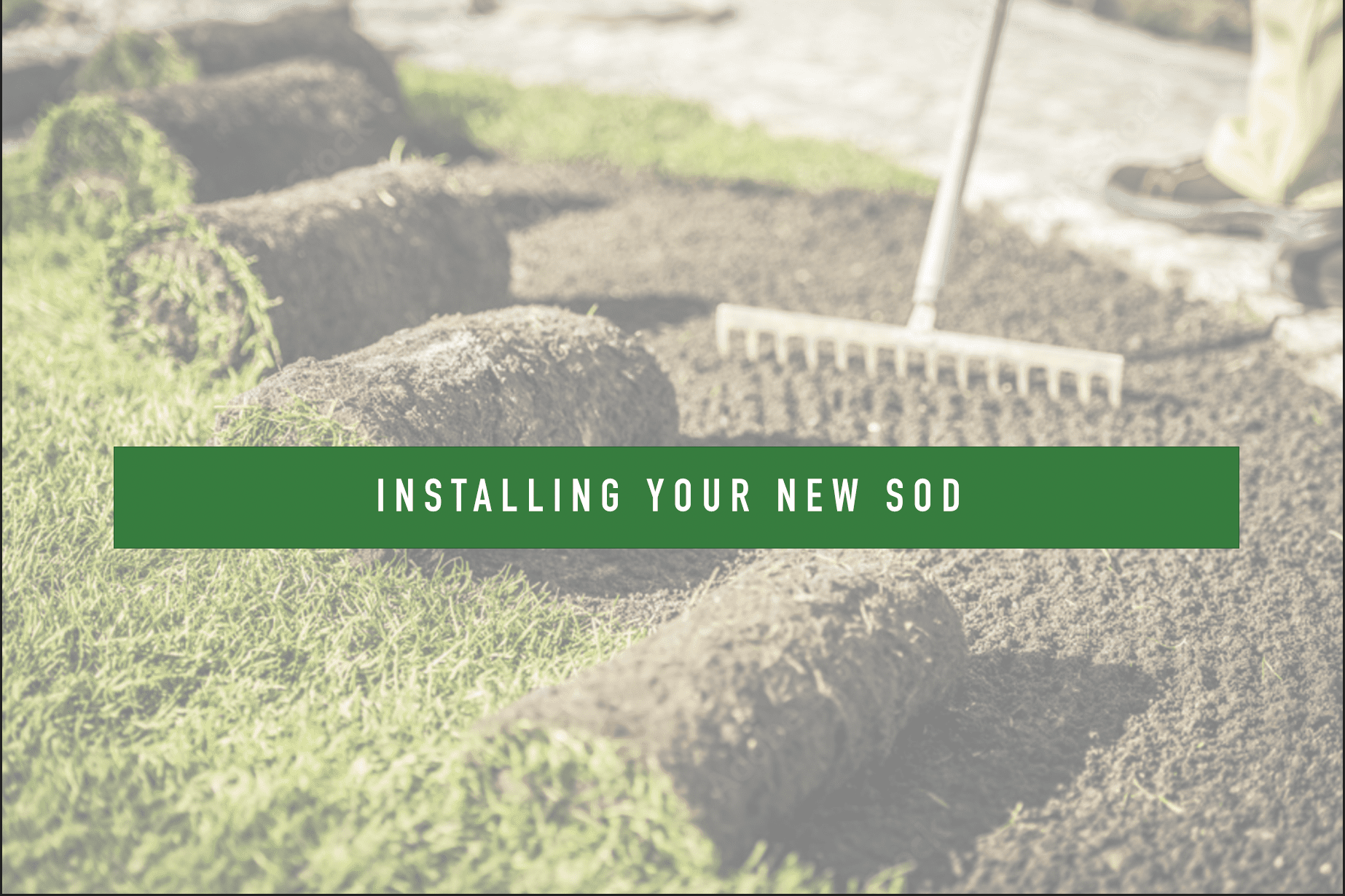If you’re familiar with B&B Hoffman Sod Farms, you may already know that we harvest and deliver high-quality Kentucky Bluegrass Turf in Minnesota, North Dakota, South Dakota, & Wisconsin. If you’re new here, we’d love to introduce ourselves! Today, we’re sitting down for a Q&A with Shelly, who, along with her brother Scott, runs B&B Hoffman Sod Farms. It’s a great opportunity to learn more about our story, our work, and what sets us apart.
Q: How long has B&B Hoffman Sod been around?
A: Since 1989 (which also happens to be the title of one of Shelly’s favorite albums).
Q: How many employees are there?
A: We have about 15-18 employees during the sodding season, and just 4 in the winter.
Q: What is the process for growing the grass, getting it to the customer, and regrowing it?
A: We start with preparing the ground, then we move on to planting the seed. From there, it’s fertilizing, tending to weeds, fertilizing (again), mowing, tending to weeds, fertilizing (yes, again), mowing, over and over (and over). We mow each field every other day, and irrigate if Mother Nature puts us in a drought and it’s necessary.
Q: How long does the process take from planting to delivery to regrowing?
A: We get 2 crops in 3 years. Our natural, premium Kentucky Blue Grass takes time to perfect!
Q: How long is the growing season? Do people have to wait until late spring or is sod available earlier than our lawns wake up?
A: When you see things greening up around your home, sod will likely be ready. This could begin around mid-April or very early May, weather permitting. Have you ever wondered how places like Target Field are green and ready to go in early April when your own grass is still patchy, crunchy, and yellow? Their grass is heated, and we need consistent warmth as well. In addition, we fertilize our sod fields as soon as we can in the spring to wake it up – earlier than most homeowners fertilize their yards. Think of our premium Kentucky Blue Grass fields as that chipper, energetic coworker you have that woke up early, had all their coffee, did a full workout, and got 3 hours of work done before you’re even out of bed.
Q: Is your sod treated with any chemicals to make it so green and lush?
A: It’s so green and lush due to the seed blend* varieties we hand select, along with our best practices, meticulous care, and love we put into growing our product. Plants need love, and the more love you give it, the better it will grow! (Don’t believe us? It’s science!) The mowing we do every other day stimulates root growth AND snuffs out weeds because it’s so thick. Seeding it for each new crop rather than re-growing after it’s been harvested is key!
* Did you know we sell that same seed blend and the fertilizer we use? Learn more here!
Q: What’s something unique about B&B Hoffman Sod?
A: This is such a hard question! While it’s not uncommon for families to be in the business and for employees to work for you for many years, I do feel like it is becoming rarer these days for people to stay in their family business or for employees to stay with you for that long when there are so many other things to do out there! This kind of longevity truly shows how much we love what we do and how much we love our employees. Knowing that we are growing grass that helps the environment around it and keeps spaces beautiful, and knowing we do it without using harmful chemicals makes me so proud! We’re also immensely proud to give back to our community in different ways. Our reputation (which also happens to be the title of another one of Shelly’s favorite albums) in the community is one we strive to keep as the best!
If you’d like to learn more about B&B Hoffman Sod Farms, our premium Kentucky Blue Grass, our fertilizers, seed, our process, how to properly install and care for your new sod, or find a new employment opportunity, reach out to us here!
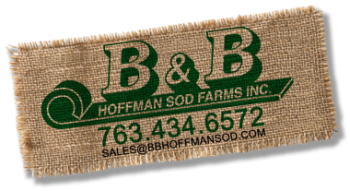
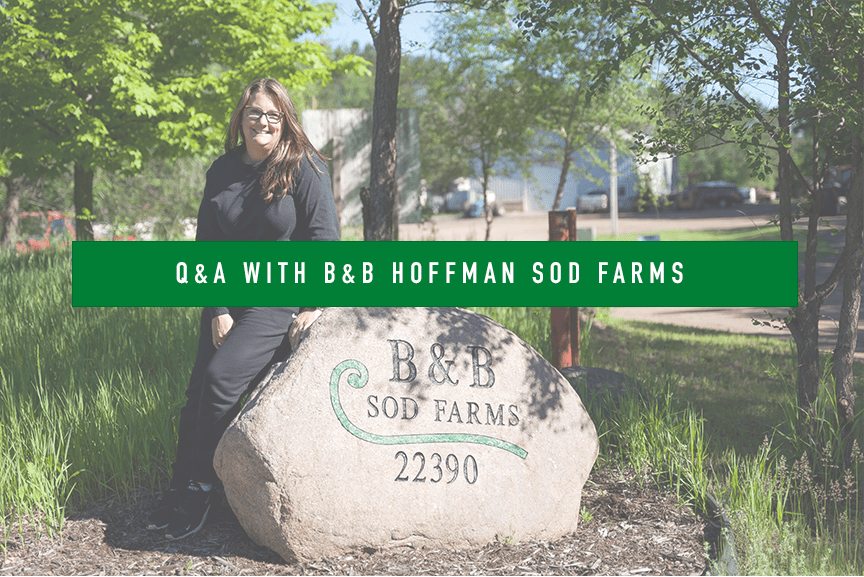

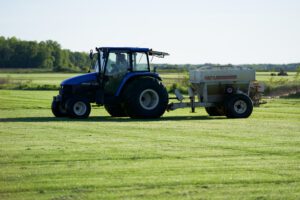



 Safer for Sports and Play
Safer for Sports and Play

